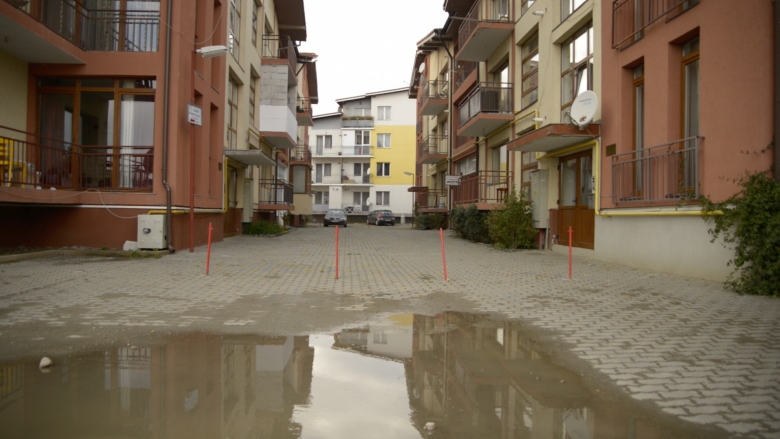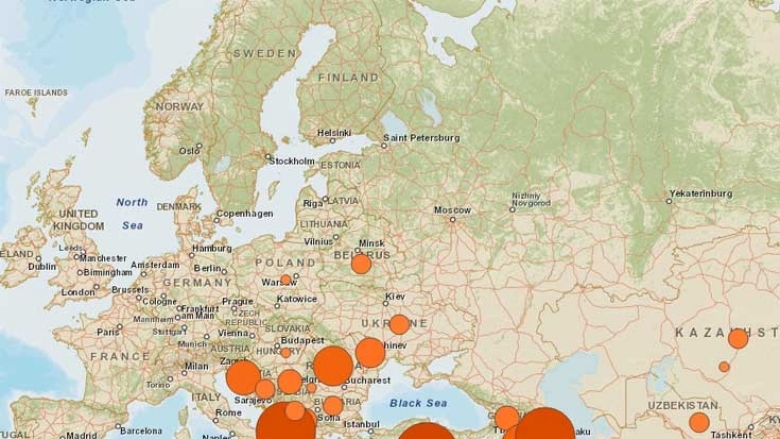Challenge
Romania’s economic, social, and environmental progress has been significant over the past decade, with GDP per capita growing from 26 to 47 percent of the EU average between 2000 and 2010. Much of this growth has been driven by several dynamic urban areas.
However, Romanian cities continue to face a number of critical challenges: they have significant pockets of poverty, with poor and marginalized groups working below productive potential; they are poorly connected to large markets in Western Europe; they are inadequately connected to suburban and peri-urban communities; and they suffer with respect to basic service provision and overall quality of life.
EU Structural Funds can provide vital investment financing for addressing the aforementioned challenges, but capacity building is necessary to improve the country’s ability to leverage this key source of funding
Solution
Since September 2012, the Romania Regional Development RAS has focused on improving the effectiveness of the EU-funded ROP, within the World Bank’s broader effort to support Romania’s absorption of EU funds.
Several World Bank tools have been deployed as part of this work. First, the Competitive Cities study is an application of the World Development Report 2009: Reshaping Economic Geography, which provided a framework for how institutions, infrastructure, and policy interventions can shape development. Second, the Integration Strategies for Marginalized Communities report produced a diagnosis of urban marginalization, including its spatial distribution, and spelled out how the EU’s new Community-Led Local Development approach can tackle issues faced by urban marginalized groups in Romania.
Client ownership—a key concern in an RAS engagement—was ensured through a variety of tools: consultation workshops, interviews with over 300 stakeholders on the ground, summary briefs for policy makers, videos, and other targeted communication materials.





